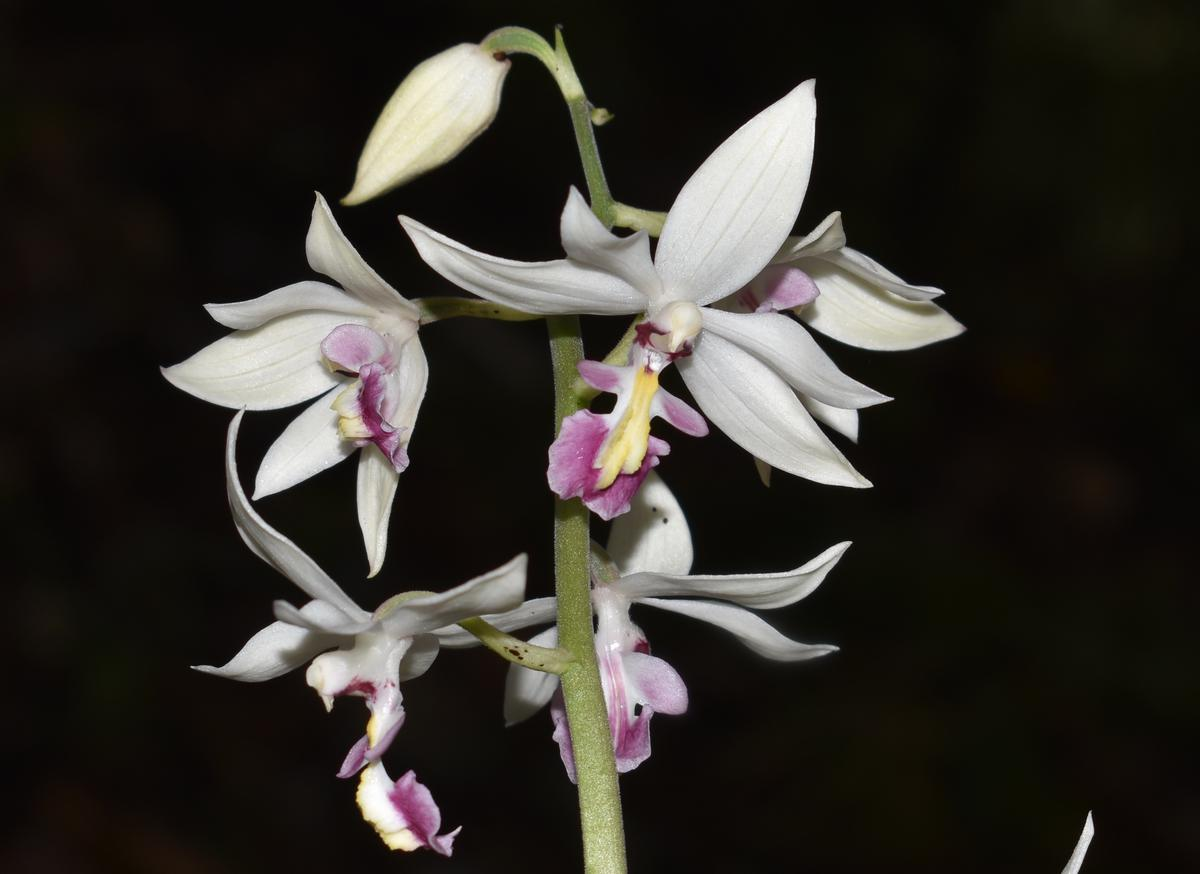Biodiversity & Environment
Additions to India's Faunal and Floral Databases
- 03 Jul 2023
- 7 min read
For Prelims: Zoological Survey of India, Botanical Survey of India, Bamboo-dwelling bat, Macaque, Western Ghats
For Mains: India's Faunal and Floral Diversity
Why in News?
India witnessed significant advancements in its biodiversity knowledge in the year 2022 with the addition of numerous animal and plant species to its faunal and floral databases.
- The findings were compiled in two publications: "Animal Discoveries - New Species and New Records 2023" by the Zoological Survey of India (ZSI) and "Plant Discoveries 2022" by the Botanical Survey of India (BSI).
What are the Major Additions in India’s Faunal and Floral Database?
- Faunal Discoveries:
- In 2022, India added a total of 664 animal species to its faunal database. This includes 467 new species and 197 new records, which are species found in India for the first time.
- The discoveries encompassed various categories: three new species and one new record of mammals, two new records of birds, 30 new species and two new records of reptiles, 6 new species and one new record of amphibians, and 28 new species and eight new records of fish.
- Invertebrates accounted for the majority of new faunal discoveries with 583 species, while vertebrates constituted 81 species.
- Insects comprised the largest group among invertebrates, and fish dominated among vertebrates.
Note:
- Vertebrates: Animals with a backbone/spine, well-developed internal skeleton, distinct head with a brain, bilateral symmetry, and complex internal organs. Examples: mammals, birds, reptiles.
- Invertebrates: Animals without a backbone/spine, typically have an exoskeleton or soft body varying body plans, and simpler internal organ systems. Examples: insects, worms, jellyfish.
- Kerala recorded the highest number of new discoveries, contributing 14.6% of the total, followed by Karnataka (13.2%) and Tamil Nadu (12.6%).
- The Andaman and Nicobar Islands, West Bengal, and Arunachal Pradesh also made significant contributions.
- The new mammal species included Miniopterus phillipsi, a long-fingered bat, and Glischropus meghalayanus, a bamboo-dwelling bat, both found in Meghalaya.

- Another significant discovery was the Sela macaque (Macaca selai), a new macaque species found in Arunachal Pradesh.
- Notable new records include the sighting of Macaca leucogenys, a white-cheeked macaque, in West Siang, Arunachal Pradesh that was previously found in southeastern Tibet.
- The yellow-rumped flycatcher (Ficedula zanthopygia) was also found in Narcondam Island of the Andaman archipelago after being known from various other regions.
- With the addition of these new discoveries and records, India's faunal diversity increased to 103,922 species.
- Floral Discoveries:
- India added 339 new plant taxa to its floral database in 2022, consisting of 186 taxa new to science and 153 taxa as new distributional records within the country.
- The discoveries encompassed various plant groups: 37% seed plants, 29% fungi, 16% lichens, 8% algae, 6% bryophytes, 3% microbes, and 1% pteridophytes.
- Seed plants constituted the largest proportion of new discoveries, with dicotyledons accounting for 73% and monocotyledons for 27%.
Note:
- Dicotyledons (Dicots): Dicotyledons are plants that have embryos with two cotyledons or seed leaves.
- They encompass a wide range of plants such as trees, shrubs, herbs, and many familiar flowering plants like roses.
- Monocotyledons (Monocots): Monocotyledons are plants that have embryos with a single cotyledon or seed leaf.
- Monocots include plants such as grasses, corn, orchids, and onion.
- The Western Himalayas and the Western Ghats were the regions where a significant number of discoveries were made, contributing 21% and 16% respectively.
- Kerala stood out as the state with the highest number of plant discoveries, accounting for 16.8% of the total.
- Among the notable plant discoveries were the new genera Nandadevia Pusalkar, found in the Uttarakhand Himalayas, and Nilgiriella Pusalkar, endemic to the southern Western Ghats in Karnataka, Kerala, and Tamil Nadu.
- Additionally, Calanthe lamellosa, an orchid species previously recorded in China and Myanmar, was found for the first time in India in the Japfu mountain range in Kohima, Nagaland.
Botanical Survey of India
- It is the apex research organization under the Ministry of Environment and Forests (MoEFCC) for carrying out taxonomic and floristic studies on wild plant resources of the country. It was established in 1890.
- It has nine regional circles situated at different regions of the country. However the headquarter is in Kolkata, West Bengal.
Zoological Survey of India
- ZSI is also a subordinate organization of the MoEFCC and was established in 1916 as a national center for the faunistic survey and exploration of the resources leading to the advancement of knowledge on the exceptionally rich faunal diversity of the country.
- ZSI has its headquarters at Kolkata and 16 regional stations located in different geographic locations of the country.
UPSC Civil Services Examination, Previous Year Questions (PYQs)
Prelims
Q. Recently, our scientists have discovered a new and distinct species of banana plant which attains a height of about 11 meters and has orange coloured fruit pulp. In which part of India has it been discovered? (2016)
(a) Andaman Islands
(b) Anaimalai Forests
(c) Maikala Hills
(d) Tropical rain forests of northeast
Ans: (a)
Q. Biodiversity forms the basis for human existence in the following ways: (2011)
- Soil formation
- Prevention of soil erosion
- Recycling of waste
- Pollination of crops
Select the correct answer using the codes given below:
(a) 1, 2 and 3 only
(b) 2, 3 and 4 only
(c) 1 and 4 only
(d) 1, 2, 3 and 4
Ans: (d)
Mains
Q. How does biodiversity vary in India? How is the Biological Diversity Act,2002 helpful in the conservation of flora and fauna? (2018)









